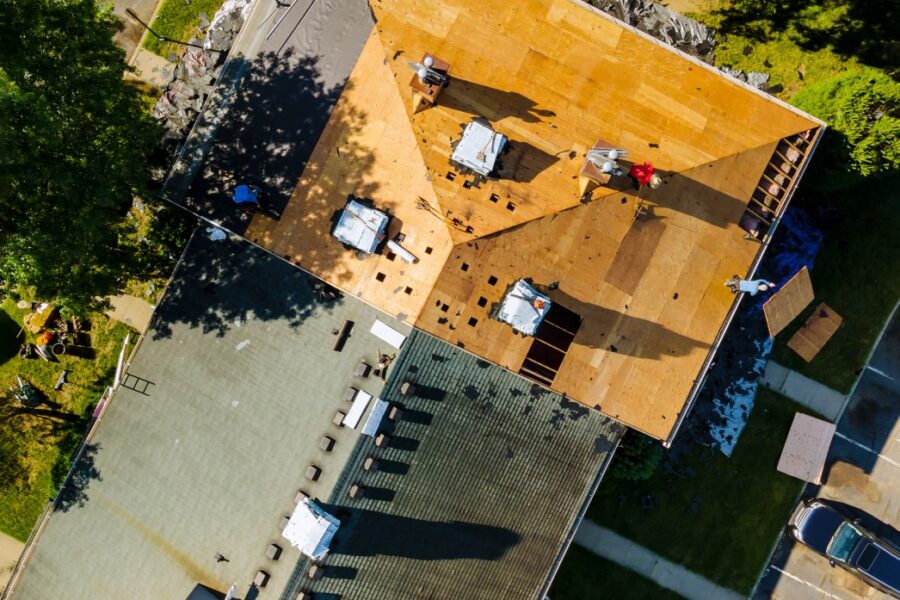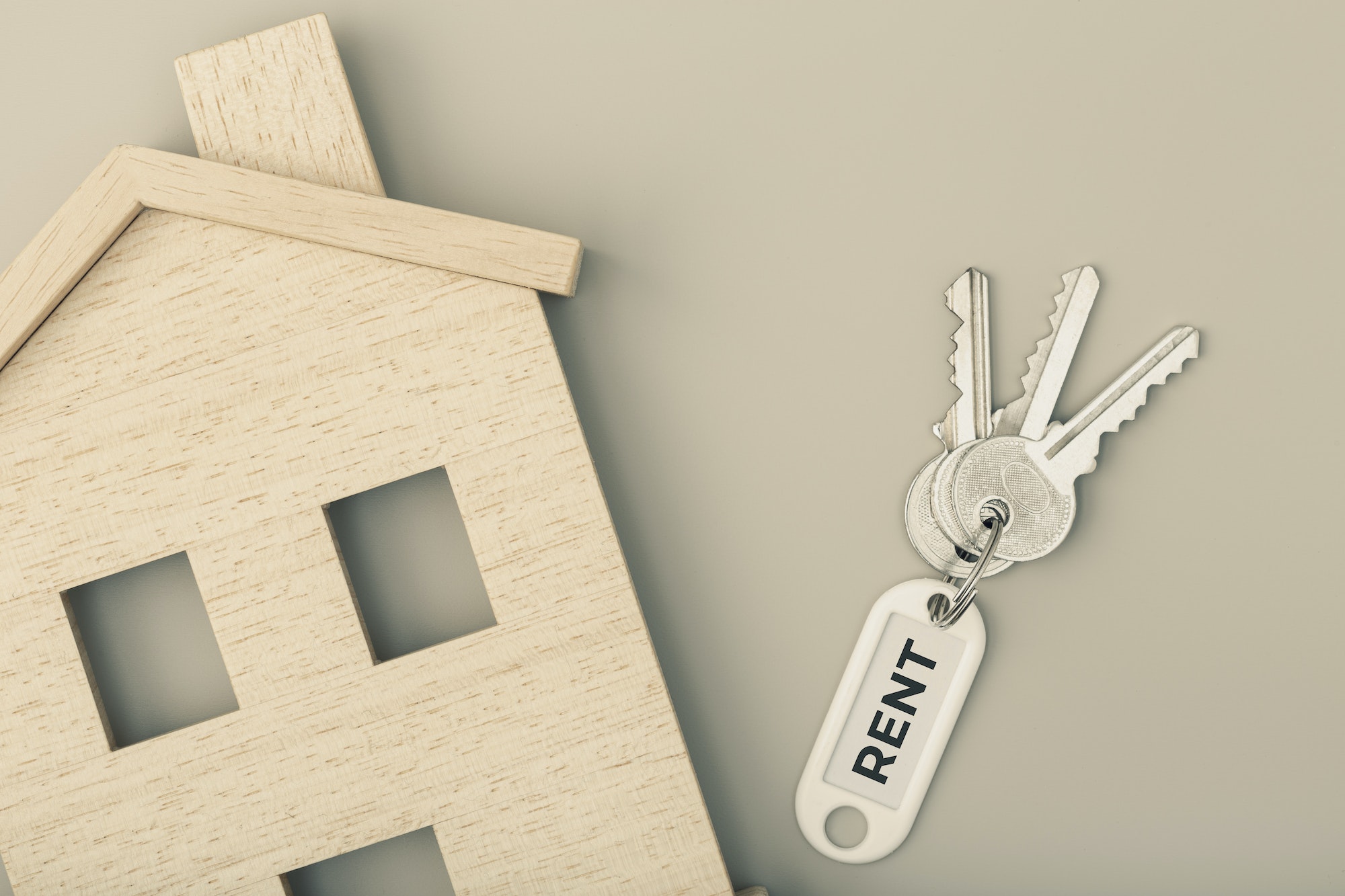Often unseen and growing out of sight, household mold infestations leach quietly until they reach extremes, poisoning inhabitants. Left neglected, rampant colonies posed major health, property damage, and legal risks. Understanding subtle signs like suspicious odors and stains enables catching spore explosions early. Stopping stealthy mold spreading then requires using caution when handling remediation personally or hiring accredited professionals for enduring solutions.
What is Mold?
Mold is a type of fungus that thrives in damp, dark environments. It can grow on virtually any surface, including wood, paper, carpet, and even food. Mold reproduces by releasing tiny spores into the air, which can then settle on other surfaces and begin to grow if the conditions are right.
The Health Risks of Mold
Inhalation and contact with certain mold varieties, especially amid uncontrolled spreading, leads to diverse acute and chronic health issues among susceptible people including:
Allergic Symptoms
Mold spore exposure triggers runny nose, watery eyes, coughing, sneezing, skin irritation, headaches and asthma flare ups. Mycotoxins, or naturally occurring toxic bioproducts, heighten reactions. Those with respiratory issues show particular sensitivity. Prolonged exposure worsens conditions progressively.
Respiratory Distress
Inhalation introduces irritants into lung airways for segments of the population, triggering restricted breathing, chest tightness and wheezing reminiscent of asthma attacks. Pneumonia constitutes another infection risk in extreme scenarios, lacking protective masks during remediation.
Immune System Compromisation
Toxins absorbed through respiratory or dermal contact may lead to immune suppression in some individuals, raising risks of additional infections and illness vulnerability. Conditions like chronic sinusitis may also emerge. Those already immunocompromised face intensified threats.
Neurological Impact
Documented effects of severe toxic mold contact include memory loss, mood changes, trouble concentrating, headaches, and numbness. Toxins may even possibly increase Parkinson’s disease onset chances, according to scarce research. Long term occupancy amid contamination poses consequences.
In the most severe cases, extended exposure to black mold and other extremely hazardous strains causes extensive bodily damage and potentially becomes fatal without swift relocation and treatment.
Identifying Mold in Your Home
Mold infestations often bloom undetected behind walls, under carpets, and above drop ceiling panels. Still, critical visible, and sensible signs announce growing problems:
Musty Odors
Stagnant, earthy smells signal mold may lurk out of sight, especially intensifying after water exposure incidents. Unusual indoor scents suggest further investigation, even lacking visual clues. Off-gassing happens as colonies digest surrounding materials.
Visible Growth
Obvious mold growth on surfaces offers the surest contamination identifier. Green, grey, white, or black filamentous colonies commonly spread across damp drywall, wallpaper, wood, ceiling tiles, and carpeting. Orange, yellow, and blue species exist, too.
Peeling Wallpaper or Paint
As moisture seeps through walls, adhesives lose strength, and structural materials degrade. Noticeable bubbles behind wallpaper and flaking paint showcase moisture issues ideal for mold spawning secretly behind. Trying removing small sections to inspect blind spots.
Water Stains
Dark blotchy patches on walls and ceilings trace escaping water that may feed hidden mold. Stains around plumbing, windows, and rooflines offer prime suspects for scrutiny. Even dried stains may hide previous colonies if left fully unaddressed.
Preventing Mold Growth
Eliminating moisture stands as the most effective mold prevention strategy. Additional approaches include:
Keep Indoor Humidity Levels Below 50%
Using hygrometers while running dehumidifiers prevents humid conditions where molds thrive. Cooler zones in basements and crawlspaces allow higher relative humidity and require monitoring.
Fix Any Leaks
When ignored, plumbing, roofing, or foundation leaks feed mold growth. Annual inspections uncover issues early before infestations establish. Monitoring appliance hoses prevents disastrous ruptures.
Ensure Proper Ventilation
Running fans, opening windows, and using exhaust hoods maintain ample fresh airflow. Stagnancy allows humidity to build up. Covering crawl vents or clogged HVAC systems creates problems.
Use Mold-Resistant Products
Green construction materials like metal framing, concrete, and mold-inhibiting drywall better endure saturation. Consider swapping water-damaged surfaces with resilient replacements.
Clean and Dry Any Water Spills
Thoroughly drying recent soakings ASAP prevents molds from taking hold. Neglecting minor flooding lets colonies emerge. Extract water promptly from carpets and padding until bone dry.
Mold Removal and Remediation
Discovering mold necessitates careful handling, minimizing contact, and containing contamination pre-removal. Then, remediation steps include:
- Assessing Affected Areas – Determine total scope spanning surfaces, cavities, and belongings. Segment zones by severity levels.
- Establishing Containment – Seal off work areas with plastic sheeting to prevent spore spreading to clean sections. Post warning signs.
- Protecting Occupants – Relocate people and pets, keeping vulnerable groups sheltered from exposure. Arrange alternate accommodations if extensive spread exists.
- Decontaminating Surfaces – Scrub affected porous and non-porous materials with antimicrobial cleaners or bleach solutions to remove mold matter and inhibit regrowth.
- Drying Environments – Employ dehumidifiers, blowers, and ventilation worthy of commercial drying companies to fully dry all sections before rebuilding.
- Removing and Discarding Contaminated Materials—Take great care to contain debris and avoid contact during transport for proper waste disposal. Face masks prove necessary.
- Rebuilding Anew – Tackle necessary structural repairs. Use fresh lumber, new insulation, and mold-resistant drywall alongside moisture prevention measures before returning inhabitants post-clearance testing.
For homeowners lacking extensively contaminated properties exceeding 10 square feet, cautiously undertaking personal remediation proves possible if wearing proper protective equipment. However, severe cases with broad reach or populations showing susceptibility require the use of third-party mold abatement companies.
The Importance of Prompt Action
Many factors dictate the speed needed for mold removal services, but waiting always worsens final burdens:
- Collateral Damage – Delaying allows colonies multiplying and spreading across ever more surfaces while releasing provocative spores, mycotoxins, and foul odors. Contain swiftly!
- Inhabitant Health – Every day spent occupying contaminated environments prolongs exposure for immunocompromised individuals already suffering allergic reactions and respiratory issues that may cause lifelong affliction.
- Remediation Difficulty—Delaying thorough mold demolition, structural drying, and rebuilding exponentially increases the project scale, especially if wood rot emerges. Tackle it early.
When identifying even small areas of suspect mold, immediately take containing action by sectioning zones for remediation. Partner with certified mold inspection/removal specialists to regain safe living conditions for serious infestations.
6 Tips for Choosing a Mold Removal Company
Since improper mold handling risks contamination spread and health consequences, reputable specialist selection proves critical. Seek these traits:
Relevant Certifications
Leading trade organizations, like the IICRC and the Institute of Inspection, Cleaning, and Restoration, offer defenses through accredited technician training and firm certifications signaling competence.
Documentation & Warranties
Ideal partners offer written project scoping reports, clear remediation plans, transparent cost estimates, and thorough job completion documentation. Many offer fix warranties, which ensure procedural recourse.
Safety Communication
Ask about standard operating safety procedures during onsite work and waste transport alongside inhabitant return protocols meeting clearance testing standards once finished. Crooked corner-cutting risks problems.
Availability for Follow-Ups
As any leaks or moisture buildups may reintroduce mold post-remediation, having the same team re-inspect and address recurring issues often proves advantageous through established familiarity and accountability.
Reference Checks
Talk with past clients about their firsthand positive or negative mold removal experiences specifically. This supplies authentic perspectives on service quality possible from company marketing alone.
Cost Breakdowns
Compare several bid breakdowns when evaluating contractor selection. While balancing project requirements and household budgets, beware of unrealistically lowball bids that signal shoddy work.
Conclusion
Mold threats often lurk quietly indoors until reaching extremes that destroy structures and health. But identifying subtle warning signs early and promptly contacting mold removal services mitigates dangers. With careful containment and remediation, even extensive infestations get expelled and reversed, sparing inhabitants further suffering or loss. Though mold presents formidable foes, arm yourself through education and partnering with specialists before properties face forfeiture.
Discover more from Futurist Architecture
Subscribe to get the latest posts sent to your email.




